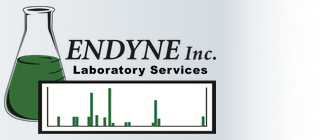Total Coliform/E. coli
This is a common test for drinking water contamination. Coliform bactera should not be found in drinking water, as its presence indicates that the water supply has some connection with an unsanitary source. The presence of E. coli indicates the potential for fecal material or septic waste. This can lead to serious health problems especially for young children or individuals with compromised immune systems.
Standard Plate Count
The standard plate count, or heterotropic plate count (HPC), is a measurement of all of the heterotrophic bacteria in water. These bacteria may or may not be harmful, but they can cause disease or have adverse effects on the body. A high HPC number can also indicate additional problems with the water source.
Iron Bacteria
These bacteria are not necessarily a health risk to humans, but they can be a nuisance. Iron bacteria metabolize iron that is present in the water, and deposit an orange or brown slime in the distribution system. This slime can cause the water to have a bad taste, odor, color, high turbidity, and even cause clogging. Please note special arrangements must be made to conduct this analysis within method holding times. Please contact the lab for more information on scheduling a test.
Sulfur Bacteria
Sulfur bacteria, like iron bacteria, produces slime and may cause bad ordor, taste, color, turbidity and frothing. A “rotten egg” odor, produced by hydrogen sulfide gas, is an indicator of a sulfur environment. Sulfate-reducing bacteria may produce hydrogen suflide and sulfuric acid, which corrodes well casings, hot water tanks, and both metal and concrete pipes.



